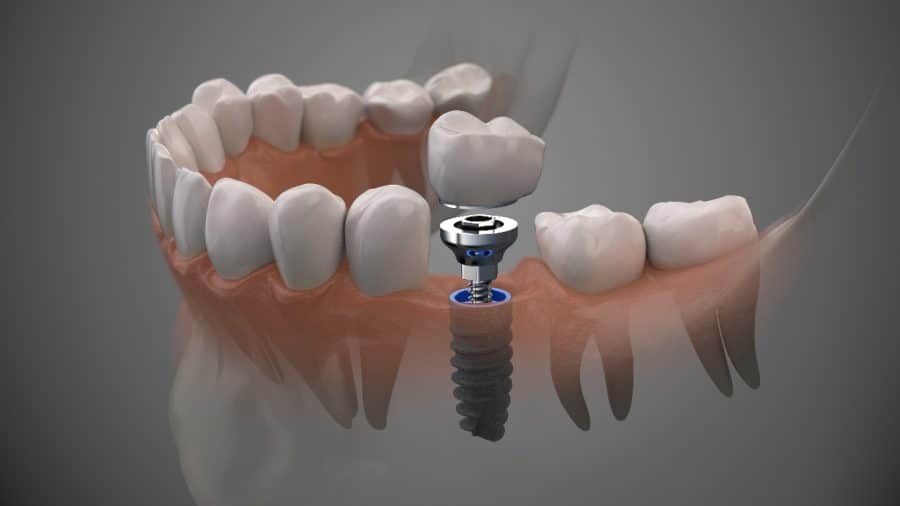Did you know the dental implant market was worth around $5.5 billion last year?
Dental implants aren't just about giving people a more aesthetically appealing smile and the confidence that comes with that. It can restore the ability to chew, prevent the jawbone from shrinking due to bone loss, keep the functional teeth stable, and more.
Do you want to make the most of your smile or need better functionality? If you have healthy gum tissues and sufficient bone in your jaw to accommodate dental implants, you may be a good candidate for them.
Partnering with a dental clinic specializing in dental implants is key. A dental professional will assess your condition, determine if you’re a suitable candidate for dental implants, and recommend the right option. It’ll then be up to you to decide.
If you’re interested in dental implants but don’t know much about them, consider these four dental implant statistics and facts.
The Industry Is Growing: 6.7% CAGR from 2024 to 2032
According to Global Market Insights, the dental implants market, worth $5.5 billion in 2023, is poised for growth. It estimates that the segment will expand at a compound annual growth rate of 6.7% from this year to 2032.
One reason for this growth in dental implant interest is their effectiveness. They act as artificial tooth roots surgically inserted by a dental surgeon into the patient's jawbone to support a bridge or replacement tooth. Patients typically prefer implants because replacement teeth or bridges anchored by implants match their natural teeth in appearance and function.
Implants are also a long-term option for people who have lost one or multiple teeth. Consulting a dental implant surgeon is the best bet for determining if implants are the right option for you.
Aging Population Will Boost Demand: 1.4 Billion People
According to the World Health Organization, one in six people globally will by 2030 be 60 years old or above. That works out to 1.4 billion people. It adds that by 2050, the number of people 60 or over will reach 2.1 billion. And the number of people 80 and above is on pace to triple between 2020 and 2050 to 426 million.
Global Market Insights adds that people are more likely to experience dental problems like tooth loss as they age. Such situations could continue fueling the demand for dental implants. Remember that tooth loss doesn't only negatively impact appearance. It can interfere with the ability to chew food, pronounce words correctly, and more. So, it’s a quality of life issue.
Dental Tourism: People Are Traveling to Get Dental Work
Dental tourism is a thing, according to Global Market Insights. And this will contribute to the segment's growth over the forecast period. Because dental care can be costly in developed countries, some people travel to less-developed nations for the medical procedures they need at lower costs. The cost of flying to another country, staying in a hotel, and getting the required dental care can often be covered at a discount in a dental tourism destination.
More Dental Disorders: 2 Billion People With Cavities
WHO estimates that 2 billion people worldwide suffer from tooth decay or dental cavities in their permanent teeth. Global Market Insights notes that this trend will fuel more demand for dental implants and abutment systems. Acknowledging that periodontal disease, tooth decay, and dental cavities are becoming more common, Global Market Insights says reasons for this uptick include poor dietary habits, improper oral hygiene, and consuming sugary foods and drinks.
These are some things about dental implants that are important to know about. You may also be interested in knowing that dental implant technology is getting better. And that’s fueling growth in the sector.


